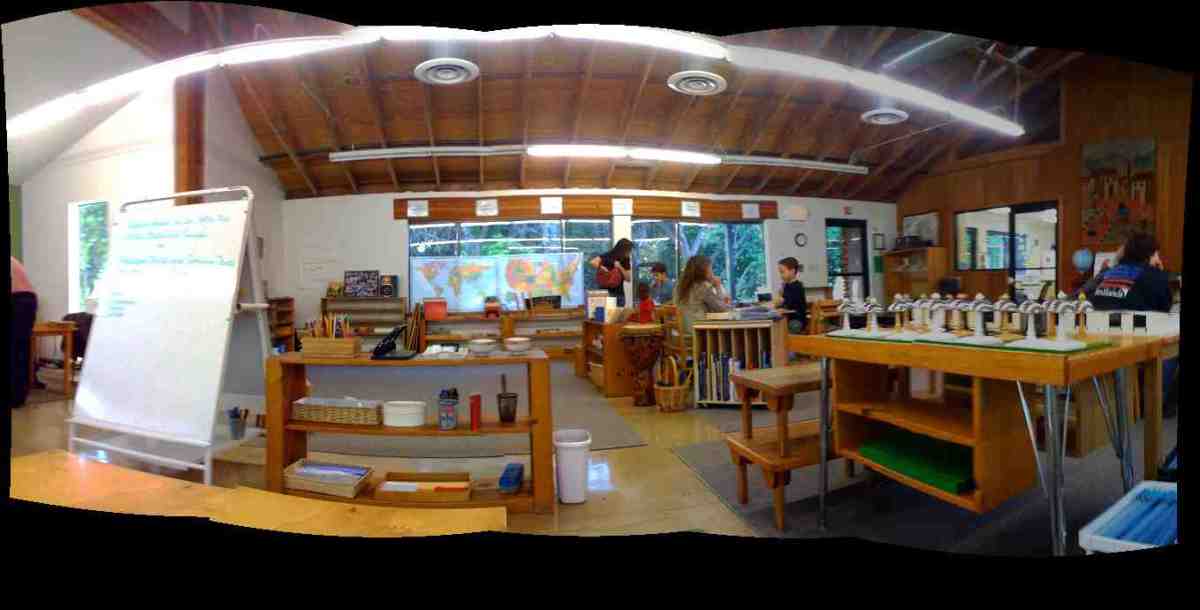Importance of a Biblical Foundation in Education — Part 2

Roles of the Teacher and Learner
The effective teacher recognizes that since each student is a special creation of God, not all students will learn information in the same manner. Fleming (2009) discusses the different types of learning methods, and suggests that students learn best when taught to their preferred learning style (p. ii). While Fleming notes that one method is not necessarily better than another method, he notes that the preference is merely a tendency to learn best through a particular method. Fleming also notes that many students are multi-modal, meaning they can learn by exposure to the same content but in a different teaching method.
Based on Fleming’s findings, this writer understands that the effective curriculum must be conservative and Christian in nature, but that it must be conducive to learning for best classroom comprehension. With that in mind, this writer proposes that the teacher built-in varied methods and activities to enable equal learning opportunities. Not only does varied teaching methods induce excitement for material, it can also serve as a review.
VARK Learning Preferences
V= Visual
A= Aural
R= Reading/Writing
K= Kinesthetic
Fleming’s website, VARK: A Guide to Learning Styles (2011), describes the four basic learning preferences using the acronym VARK. The V stands for the visual learning preference, and refers to students who prefer to learn from charts and maps. The A stands for the aural learning preference, and refers to students who prefer to learn from class discussions and lectures. The R stands for the reading/writing preference, and refers to students who prefer to learn by reading books and writing about subjects. Finally, the K stands for the kinesthetic learner, who prefers to learn through activities and hands-on experiences. Recognizing that not all students learn in the same manner, this writer plans to utilize a variety of methods to effectively reach each student in the classroom.

Teachers not only prepare lesson plans and teach students content, but also the live a life that reflects God’s goodness. While this writer understands that no person is perfect, teachers ought to be a type of spiritual leader in the classroom that encourages students to hone their spiritual gifts. Blackaby and Blackaby (2001) note that effective leaders cannot help but weave their spirituality into their teaching philosophy (p. 174). Blackaby and Blackaby further assert that students are more likely to follow, and subsequently learn from a teacher whom they respect.
While the teacher can present information in a variety of methods, a student may not genuinely learn if he does not pay attention in class. Often a student gets out of a course what he is willing to put into it. If a student does not succeed in class, it is not necessarily only the teacher’s fault. Students are responsible to ask for clarification, to complete schoolwork on time, and to listen and participate in class activities. While the teacher has a responsibility to present information in a clear manner, students are responsible to take-in the information and learn it.
Roles of Society, Government, Church, Family in Schooling
Not only must teachers take into account the needs of the student educationally, but teachers should also develop curriculum that account for classroom diversity, such as the socioeconomic or cultural needs of students and those with learning difficulties. Even though many Christian schools are private institutions, the local government often has some control as to what content must be taught, how many days the school must have in the year, and the number of required hours per day. While this writer disagreed with the current breadth of national government control — the founding fathers reserved educational issues to matters for the state — she recognizes that this is somewhat beyond her control. When required to reach topics that violate God’s principles or this writer’s conscience she will teach what is required but point to Biblical standards. For example, if required to discuss something such as the homosexual agenda, this writer would note that while God hates the sin he loves the sinner.
Society or the culture of the day also has influence over school curriculum. For example, a rural school may want more emphasis on agriculture, science and the environment because it suits the market or field of the area. Conversely, a more modern or metropolitan area may request a high-tech emphasis that teaches students more about technology and mathematics. While society or local culture may not have permission to mandate such curriculum inclusions, teachers and school administration may be able to implement such preferences without violating convictions and principles of a Biblical teaching philosophy.
Parents and students family can have a role in curriculum development by becoming active in the student’s education. While this may be a simple as choosing to send their child to a Christian school, it may be more time-consuming such as becoming an active member of the PTA, or more complex such as serving on a curriculum selection or curriculum review committee. Parental involvement in education often indicates how successful a student will be in school.
In the case of Christian schools, the church sponsoring the school can influence curriculum by exerting influence over the curriculum choices, unit development and textbook selection. Often, the church staff also serves as school faculty, resulting in conservative, Biblical instruction implementation into the normal classroom life. Although this writer believes religion has a place in education, she does not believe that religion should be forced upon students in the public sector.
Teachers, as well as schools and churches cannot force their students into obeying and believing Christian principles. Van Brummelen (2002) notes “Christian teachers cannot and do not demand that students commit themselves to specific beliefs and values….Teachers must respect the freedom of students to affirm or deny the Christian heritage and must avoid unwarranted indoctrination” (p. 9). One of the most effective ways a teacher can influence students is by leading by example, and showing how Christianity is important to them personally.
Conclusion
This writer believes that a curriculum based upon Biblical principles is best for students. The Christian perspective gives students a realistic view of man and society, while teaching students ethical standards such as being rewarded for hard work. Since each student is different, this teacher plans to approach each student and class with his or her needs in mind, and adjusting lesson plans to reflect different learning preferences. While this writer does not believe students should be forced to believe in the Bible, she believes that a good Christian testimony and prayer will help students recognize their depravity, and help guide them to salvation and a personal relationship with Christ.
This is part 2 of a 2-part series. Visit Importance of a Biblical Foundation - Part 1 or the second installment.
References
Blackaby, H. & Blackaby, R. (2001). Spiritual leadership. Nashville, TN: B&H Publishing Group.
Fleming, N. (2009). Teaching and learning styles: VARK strategies. The Digital Print and Copy Centre: New Zealand.
Gutek, Gerald L. (1995). A history of the western educational experience. Long Grove, IL: Waveland Press, Inc.
Rebore, R. (2001). The ethics of educational leadership. Upper Saddle River, NJ: Prentice- Hall, Inc.
Van Brummelen, H. (2002). Steppingstones to curriculum. Colorado Springs, Co: Purposeful Design Publications.
VARK: A Guide to Learning Styles. (2011). The VARK Helpsheets.










